Peter Lorre
Credits

Krimisommer
Actor
Hans Beckert, Der Mörder
Show
2017

Casino Royale
Actor
Show
2012

Muscle Beach PartyStream
Actor
Mr. Strangdour
Movie
1964
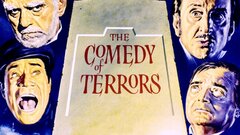
The Comedy of TerrorsStream
Actor
Felix Gillie
Movie
1964

The Patsy
Actor
Morgan Heywood
Movie
1964
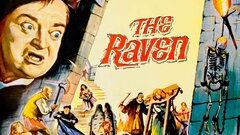
The RavenStream
Actor
Dr. Adolphus Bedlo
Movie
1963

Tell It to Groucho
Self
Show
1962

Tales of Terror
Actor
Montresor
Movie
1962

Five Weeks in a Balloon
Actor
Ahmed
Movie
1962
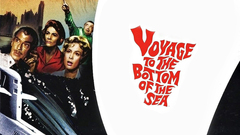
Voyage to the Bottom of the Sea
Actor
Comm. Lucius Emery
Movie
1961

Route 66Stream
Guest Star
Himself
Series
1960
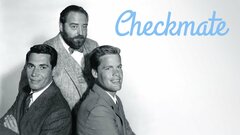
Checkmate
Guest Star
Alonzon Pace Graham
Series
1960

Scent of Mystery
Actor
Smiley
Movie
1960
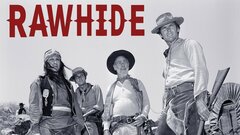
RawhideStream
Guest Star
Series
1959

The Big Circus
Actor
Skeeter
Movie
1959
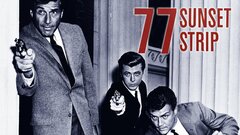
77 Sunset Strip
Guest Star
The Gypsy
Series
1958

Wagon TrainStream
Guest Star
Alexander Portlass
Series
1957

El Recluta
Actor
Movie
1957
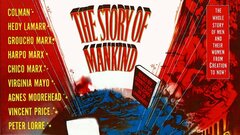
The Story of Mankind
Actor
Nero
Movie
1957

The Sad Sack
Actor
Abdul
Movie
1957

The Buster Keaton Story
Actor
Kurt Bergner
Movie
1957

Silk StockingsStream
Actor
Brankov
Movie
1957

Hell-Ship Mutiny
Actor
Commissioner Lamoret
Movie
1957

Congo Crossing
Actor
Colonel John Miguel Orlando Arragas
Movie
1956

Intrigue au Congo
Actor
Movie
1956
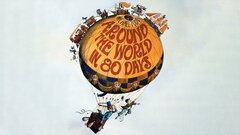
Around the World in 80 DaysStream
Actor
Steward
Movie
1956

Hour of Stars
Actor
Show
1955

Screen Directors Playhouse
Actor
Show
1955
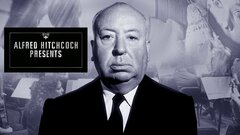
Alfred Hitchcock PresentsStream
Actor
Series
1955

The Star and the Story
Actor
Show
1955

Arsenic and Old Lace
Actor
Dr Einstein
Show
1955

Operation Cicero
Actor
Moyzisch
Movie
1955
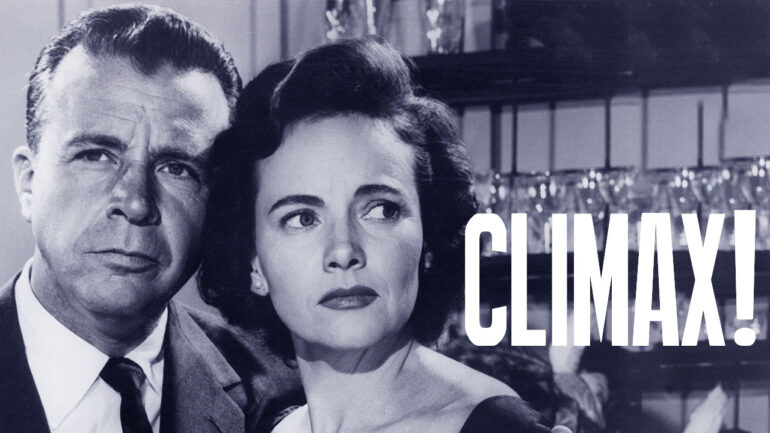
Climax!Stream
Actor
Series
1954

20,000 Leagues Under the SeaStream
Actor
Conseil
Movie
1954

The United States Steel Hour
Actor
Show
1953

Beat the DevilStream
Actor
Julius O'Hara (crook No. 2)
Movie
1953

I've Got a SecretStream
Guest
Game Show
1952

The Red Skelton ShowStream
Actor
Variety Show
1951

The Red Skelton ShowStream
Guest
Variety Show
1951

The Red Skelton ShowStream
Guest Star
Variety Show
1951

The Lost One
Actor
Dr. Karl Rothe
Movie
1951

The Lost One
Director
Movie
1951

The Lost One
Writer
Movie
1951

What's My Line?Stream
Guest
Game Show
1950

QuicksandStream
Actor
Nick Dramoshag
Movie
1950

Double Confession
Actor
Paynter
Movie
1950
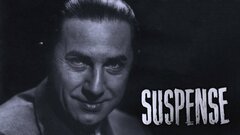
SuspenseStream
Actor
Series
1949

Rope of Sand
Actor
Toady
Movie
1949

Casbah
Actor
Slimane
Movie
1948

My Favorite Brunette
Actor
Kismet
Movie
1947

El Amor es un Asunto Privado
Actor
Movie
1946

Three Strangers
Actor
Johnny West
Movie
1946

The Verdict
Actor
Victor Emmric
Movie
1946

Black Angel
Actor
Marko
Movie
1946

The Chase
Actor
Gino
Movie
1946
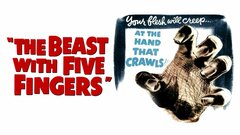
The Beast With Five FingersStream
Actor
Hilary Cummins
Movie
1946

Confidential Agent
Actor
Contreras
Movie
1945

Hotel Berlin
Actor
Johannes Koenig
Movie
1945

Arsenic and Old LaceStream
Actor
Dr. Einstein
Movie
1944

The Cross of Lorraine
Actor
Sgt. Berger
Movie
1944

Passage to Marseille
Actor
Marius
Movie
1944

The ConspiratorsStream
Actor
Jan Bernazsky
Movie
1944
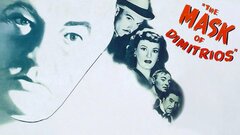
The Mask of DimitriosStream
Actor
Cornelius Leyden
Movie
1944

How to Operate Behind Enemy Lines
Actor
Secret Agent
Movie
1943

The Constant Nymph
Actor
Fritz Bercovy
Movie
1943
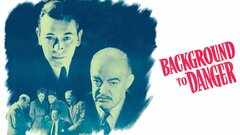
Background to DangerStream
Actor
Nikolai Zaleshoff
Movie
1943
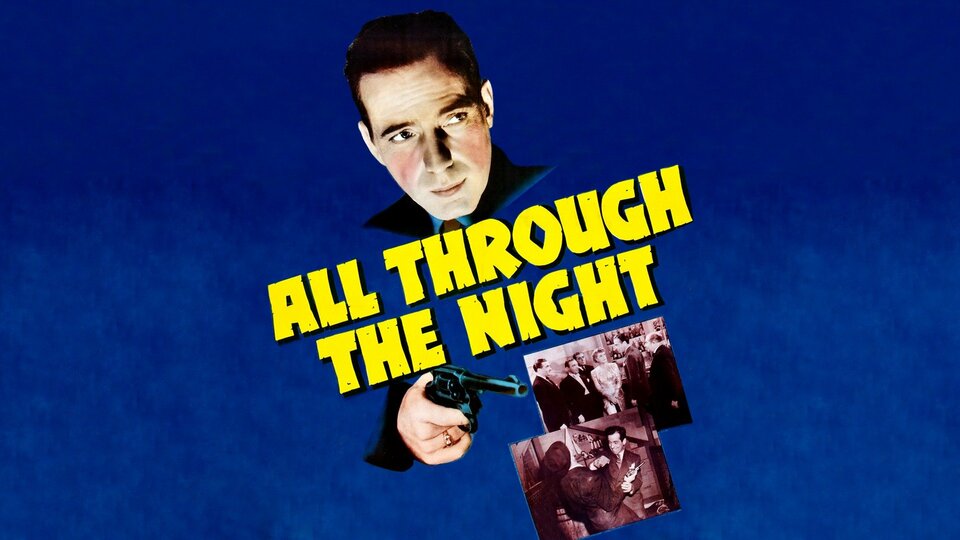
All Through the NightStream
Actor
Pepi
Movie
1942

Invisible Agent
Actor
Baron Ikito
Movie
1942

The Boogie Man Will Get You
Actor
Dr. Lorentz
Movie
1942
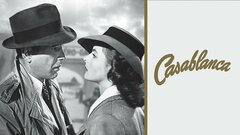
CasablancaStream
Actor
Ugarte
Movie
1942

La Máscara de Fuego
Actor
Movie
1941
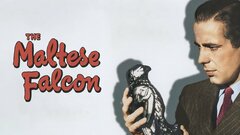
The Maltese FalconStream
Actor
Joel Cairo
Movie
1941

They Met in Bombay
Actor
Captain Chang
Movie
1941
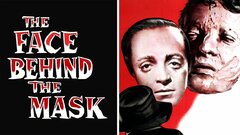
The Face Behind the MaskStream
Actor
Janos "Johnny" Szabo
Movie
1941

Mr. District Attorney
Actor
Paul Hyde
Movie
1941

Strange Cargo
Actor
M'sieu Pig
Movie
1940

Island of Doomed Men
Actor
Stephen Danel
Movie
1940

I Was an Adventuress
Actor
Polo
Movie
1940
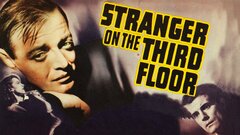
Stranger on the Third FloorStream
Actor
The Stranger
Movie
1940
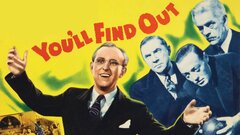
You'll Find Out
Actor
Professor Karl Fenninger
Movie
1940

Mr. Moto's Last Warning
Actor
Mr. Kentaro Moto
Movie
1939

Mr. Moto in Danger Island
Actor
Mr. Moto
Movie
1939

Mr. Moto Takes a Vacation
Actor
Mr. Moto
Movie
1939

Danger Island
Actor
Mr. Moto
Movie
1939

Mr. Moto Takes a Chance
Actor
Mr. Moto
Movie
1938

Mr. Moto's Gamble
Actor
Mr. Moto
Movie
1938

Mysterious Mr. Moto
Actor
Mr. Moto
Movie
1938

I'll Give a Million
Actor
Louie 'The Dope' Monteau
Movie
1938

Thank You, Mr. Moto
Actor
Mr. Moto
Movie
1937

Think Fast, Mr. Moto
Actor
Mr. Moto
Movie
1937

Lancer Spy
Actor
Maj. Sigfried Gruning
Movie
1937

Nancy Steele Is Missing
Actor
Professor Sturm
Movie
1937

Crack-Up
Actor
Colonel Gimpy
Movie
1937

Secret Agent
Actor
The General
Movie
1936

Crime and Punishment
Actor
Roderick Raskolnikov
Movie
1935

Mad Love
Actor
Doctor Gogol
Movie
1935
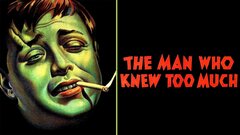
The Man Who Knew Too MuchStream
Actor
Abbott
Movie
1934

Was Frauen träumen
Actor
Füssli
Movie
1933

F.P.1 antwortet nicht
Actor
Fotoreporter
Movie
1932

Stupéfiants
Actor
Le bossu
Movie
1932
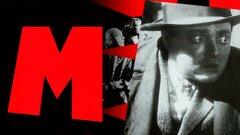
MStream
Actor
Hans Beckert
Movie
1931

















































































































































































































































































































